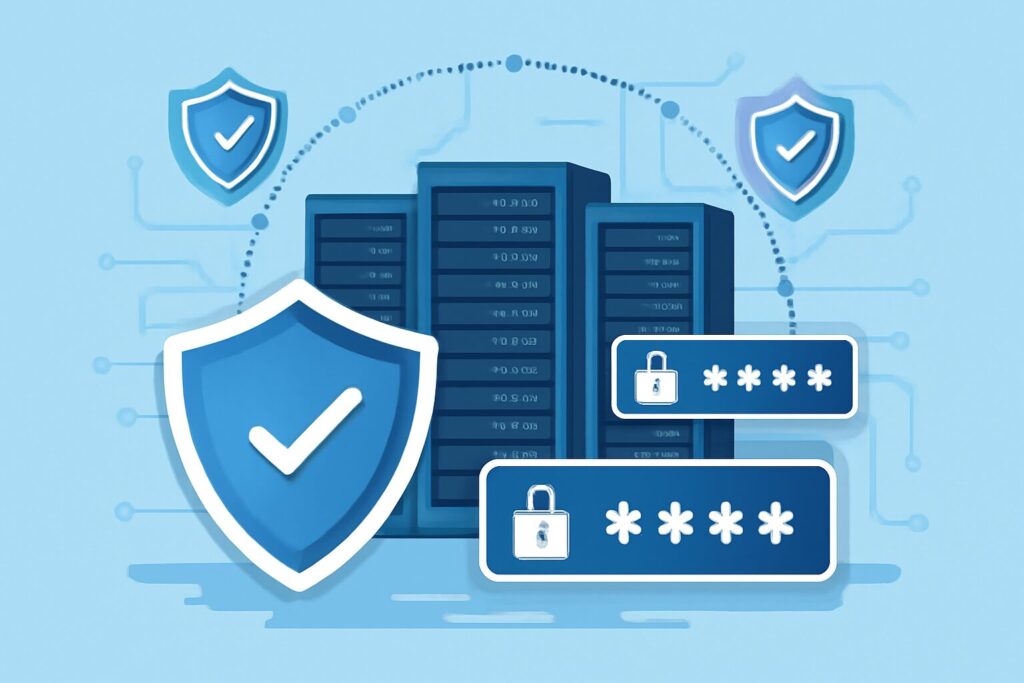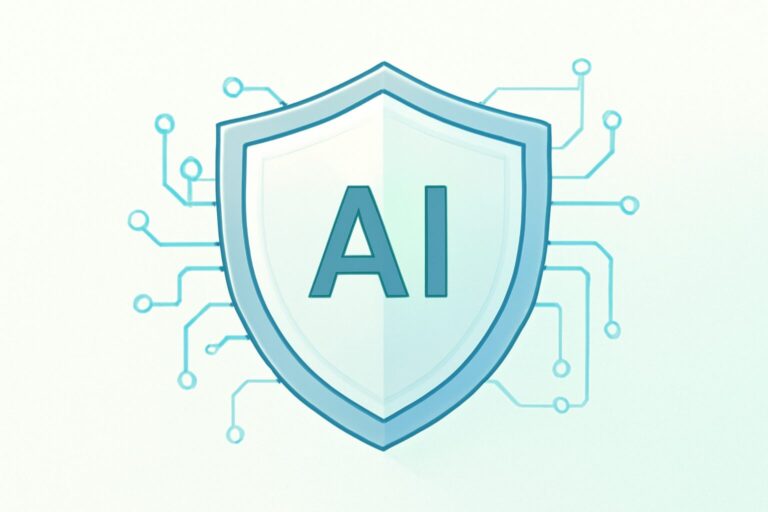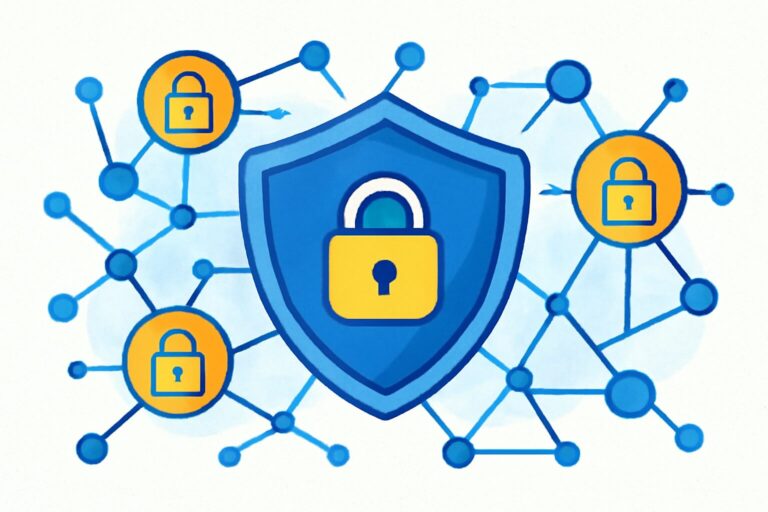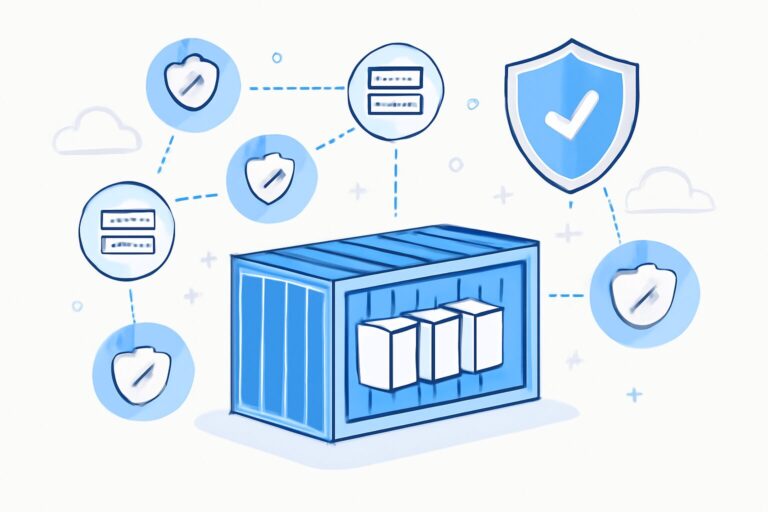In today’s rapidly advancing digital era, cybersecurity has become a paramount concern for enterprises and government agencies. Especially critical are password management and system vulnerability protection. The “Louvre Password Leak” incident reveals that security defense relies not only on password complexity but also on scientific risk management and policy implementation. This article delves deeply into password security, risk management, and patch strategies based on the incident, helping you build an unbreakable cyber defense.
## Understanding Cybersecurity Vulnerabilities: Password Management Beyond Just Passwords
Password management is often misunderstood as “strong password equals security.” The Louvre incident shows that even simple passwords exposed in plaintext can lead to disaster without comprehensive protection. Password management involves not only setting strong passphrases but also using password managers and multi-factor authentication (MFA).
1. **Strong Passphrases and Password Managers**
Strong passphrases are easier to remember and more secure than complex passwords. Password managers help organizations generate and securely store passwords, avoiding risks from human reuse or weak passwords.
2. **Importance of Multi-Factor Authentication (MFA)**
Single passwords fail to defend against modern attacks. MFA adds an extra verification layer, greatly enhancing authentication security. Passkey technologies that resist phishing further mitigate social engineering threats.
3. **Negative Effects of Frequent Password Changes**
Traditional advice to change passwords frequently often leads to simplified passwords or written notes, counterproductive to security. Today’s trends emphasize strong passwords combined with MFA rather than blind password changes.
> **Example:** A multinational financial institution reduced password-related security incidents by 75% after implementing password managers and MFA, showcasing practical benefits.
## Core of Risk Management: Vulnerabilities Are Everywhere, Focus on Exposure and Prioritization
Cybersecurity is not about achieving zero vulnerabilities but properly managing risks. The Louvre incident’s delayed updates exposed flaws in risk prioritization. Key points include:
– **Assessing Vulnerability Exposure:** Differentiating risk between internet-exposed systems, internal backends, and OT systems.
– **Hierarchical Patch Strategies:** Prioritize patches for internet-exposed or high-user-volume systems; backend and OT systems can be postponed if properly isolated.
– **Isolation Strategies:** Use network segmentation and firewall policies to restrict attack paths and minimize damage.
| System Type | Risk Level | Patch Priority | Isolation Strategy |
|———————-|————|—————-|—————————-|
| Internet-exposed | High | Immediate | Public network defense + access control |
| High user applications| Medium-High| Priority | Internal isolation + strengthened verification |
| Backend/OT systems | Medium | Deferred | Strict firewall + controlled access |
> **Real Case:** During the WannaCry ransomware outbreak, institutions that promptly patched avoided large-scale impacts.
## System Migration and “Deep Burial”: Best Practices for Upgrades and Defense
Managing legacy systems alongside upgrades poses challenges. The Louvre case shows unpatched legacy systems become security blind spots.
– **Timely Upgrade of Internet-facing Systems:** These systems face external threats and must support latest security features.
– **“Deep Burial” of Legacy Systems:** Deprecated or unpatchable systems should be behind firewalls, accessed only by controlled accounts to prevent spread.
– **Continuous Monitoring:** Regular audits and scans ensure buried systems do not become backdoors.
## Strategic Importance: Data Is the Crown Jewel, Comprehensive Defense Takes Time
The Louvre incident highlights the strategic value of information assets. Effective cybersecurity focuses on risk reduction:
– **Graded Controls:** Allocate resources based on asset value, focusing on high-value “crown jewels.”
– **Isolation and Access Control:** Network segmentation to prevent lateral attacks; least privilege reduces insider abuse.
– **Continuous Monitoring and Auditing:** Real-time anomaly detection and timely responses prevent disasters.
> Industry standards emphasize risk management, identity verification, and network segmentation to build resilient networks.
## FAQ
**Q1: Why are simple passwords still widely used?**
A1: Easy to remember and convenient but lack security. Lack of policy and training perpetuate this.
**Q2: Is Multi-Factor Authentication necessary?**
A2: Absolutely. MFA is the first defense against compromised passwords.
**Q3: Should passwords be changed frequently?**
A3: Current advice discourages frequent forced changes, recommending strong passwords combined with MFA instead.
**Q4: What are the challenges in patch management?**
A4: Maintenance costs, compatibility, and downtime risks require prioritized patching and isolation.
**Q5: How to securely manage legacy systems?**
A5: Network isolation, firewall protection, controlled access, and continuous monitoring.
**Q6: How can enterprises improve overall cybersecurity awareness?**
A6: Build a security culture, regular training, simulated attacks, and reinforce responsibility.
Cybersecurity is a long-term battle. The Louvre incident reminds us that password security extends beyond passwords, encompassing risk management, patch policies, and system architecture. Effective strategies protect your “crown jewels” and minimize costly breaches. For deeper solutions, visit [De-Line Technology](https://www.de-line.net) for professional security consulting and implementation, ensuring your digital assets are safe. 🔐✨
************
The above content is provided by our AI automation poster




